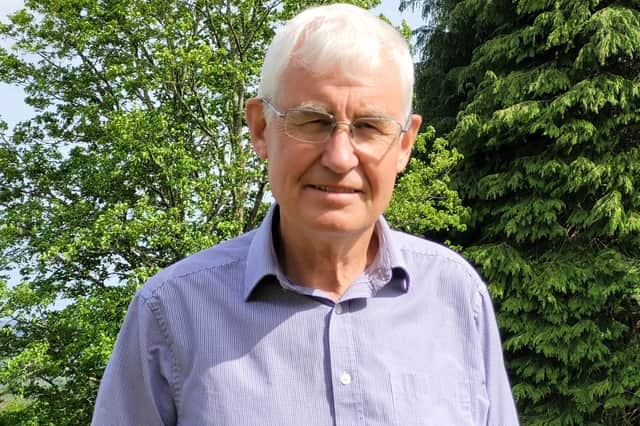Legalising assisted suicide sets us on the slippery slope to euthanasia - Dr Anthony Latham


Euthanasia, the active killing of a patient, is closely related and in most countries usually follows legalisation of assisted suicide. It is very important to look at the experience of other European countries, who have gone down this route, to see what the long-term implications will be. This is not scaremongering but merely examining the facts. We are on the threshold of a slippery slope.
Euthanasia and assisted suicide were legalised in the Netherlands in 2001 and in Belgium in 2002.
Advertisement
Hide AdAdvertisement
Hide AdIn the Netherlands we have seen euthanasia and assisted suicide moved from those who are terminally ill, to those who are chronically ill. Moreover, euthanasia and assisted suicide are no longer for only physical illness but can be for psychological distress on its own. It is now allowed for over-70s who are “tired of living”. Increasingly, euthanasia requests in the Netherlands are from people with dementia. Their protocols have moved from conscious patients who give consent, to unconscious patients unable to give consent. Euthanasia for infants (which is a form of infanticide) was also legalised in the Netherlands in 2005. Thus, many infants, who are disabled but do not have terminal illnesses are legally killed each year.
A similar picture emerges in Belgium where, alarmingly, unreported euthanasia is relatively common. In 2021 official figures stated that 2.4 per cent of deaths in Belgium were from euthanasia. However, an anonymous survey of doctors showed the true picture to be 4.6 per cent. Other surveys show that unreported “terminal sedation” is used increasingly and unofficially for the terminally ill in Belgium, where deliberate shortening of life is performed without any consent. This is a form of passive euthanasia whereby sedation to unconsciousness is undertaken at which point subsistence requirements such as nutrition and hydration are withheld or withdrawn with the intention of bringing about death.
Advanced euthanasia directives prepared by those who want euthanasia if they become severely demented in the future, are increasing in these countries. This can be seriously abused, as occurred in 2019, when a woman in the Netherlands signed such a directive. But when she became severely demented, she could not understand, was not obviously depressed, and had to be held down forcibly when the lethal injection was given.
In countries where euthanasia and assisted suicide are legal, the fear of being a burden on loved ones is a significant factor in agreeing to such a death. Yet allowing oneself to be a “burden” is surely an important aspect of normal loving relationships, where we depend on family and others to care for us.
Where non-assisted suicide rates are falling in most European countries, the rate is increasing in the Netherlands, very likely reflecting an overall acceptance of the unacceptable belief that lives can become unworthy of life and that suicides are normal. Indeed, where euthanasia or assisted suicide are used for psychiatric reasons, such deaths are very similar to “traditional suicide”. Our society rightly sees suicide as a tragedy, but once legalised, this tragedy may become more “acceptable”. Let us not, therefore, blindly follow a slippery downhill path leading to the dangerous consequences seen so clearly in Belgium and the Netherlands.
Dr Antony Latham (Retired GP in Harris, Western Isles, and Chair of the Scottish Council on Human Bioethics)
Comments
Want to join the conversation? Please or to comment on this article.